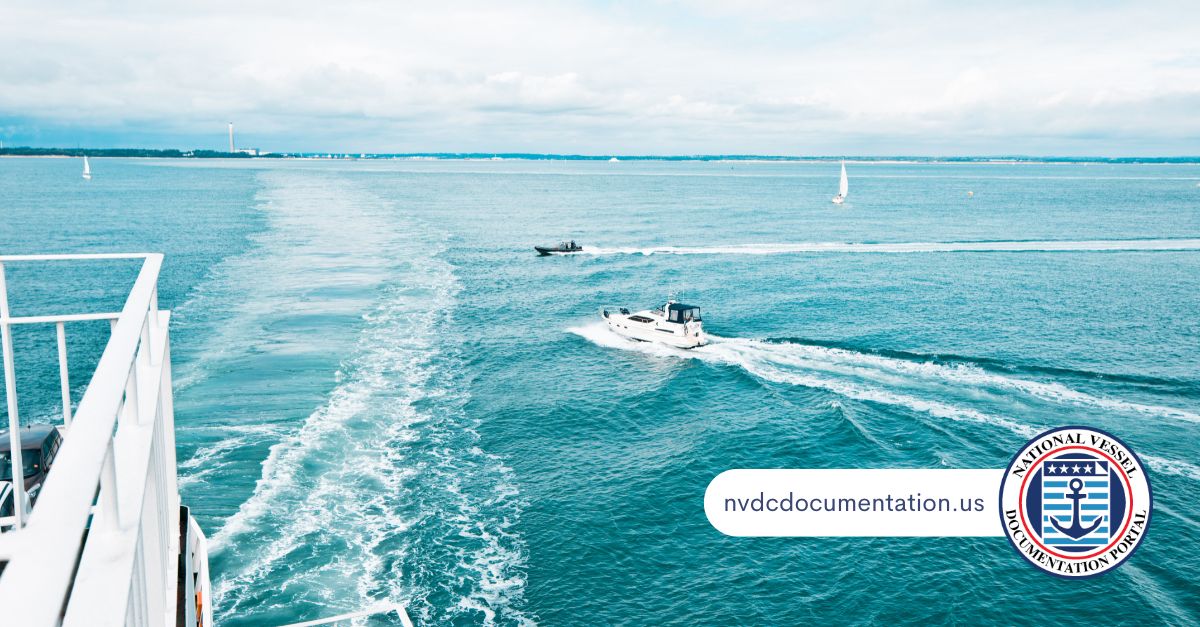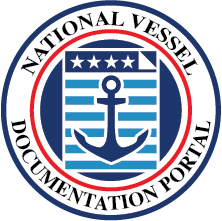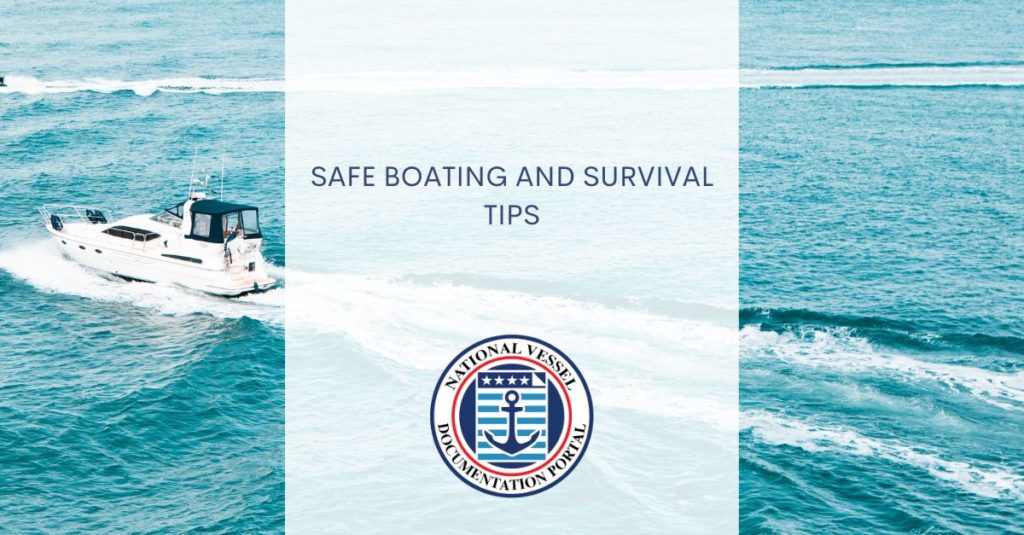Approximately 70 percent of accidents involving fatalities occur on boats where the operator had no formal instruction on how to operate the vessel. That’s why it’s so important to have training no matter how experienced the boater is. As a result of some operator’s negligence, more than half of all states have enacted legislation mandating boater safety education as a requirement for boat operation.
This education not only include the procedures to follow when an unwanted event occurs, or the operation of the vessel itself; it also includes the responsibilities you take when operating a boat and a deeper comprehension of the whole sailing experience.
Your responsibilities as Operator
A responsible boating necessarily leads to an enjoyable experience for you and the people around you. As an operator, you should keep in mind this:
- Make sure that everyone on board is wearing a U.S. Coast Guard approved life jacket at any moment.
- Take boating safety courses.
- Don’t use alcohol or drugs while operating the vessel.
- Make sure your boat is in top operating conditions.
- Make sure the required safety equipment is on board and in good working condition.
- Know your location, where you are going and how to come back.
- Avoid collisions by maintaining a safe speed.
- Keep an eye out of changing weather conditions.
- Know and obey federal and state law
- Stay alert. Most boating accidents happen because of operator’s inattention.
Carbon Monoxide Hazards
This kind of accidents not only apply to houses, but also boats. Carbon Monoxide (CO) can get in a vessel in many ways, like exhaust leaks. A good way to avoid this hazards is to schedule regular engine and exhaust system maintenance inspections.
It’s recommended not to run engines or equipment for extended periods of time if the vessel is at a pier, as dangerous concentrations of CO can accumulate. Installing a carbon monoxide detector is also a good way to avoid this problems.

Avoid Overloading
Don’t load your vessel with passengers and cargo beyond its safe carrying capacity, as it can cause the boat to become unstable. Always balance the load so that the boat maintains proper trim. Distribute the load evenly from side to side and fore and aft, and keep the load low in the boat. And don’t exceed the load specified in the U.S. Coast Guard Maximun Capacities information label.

